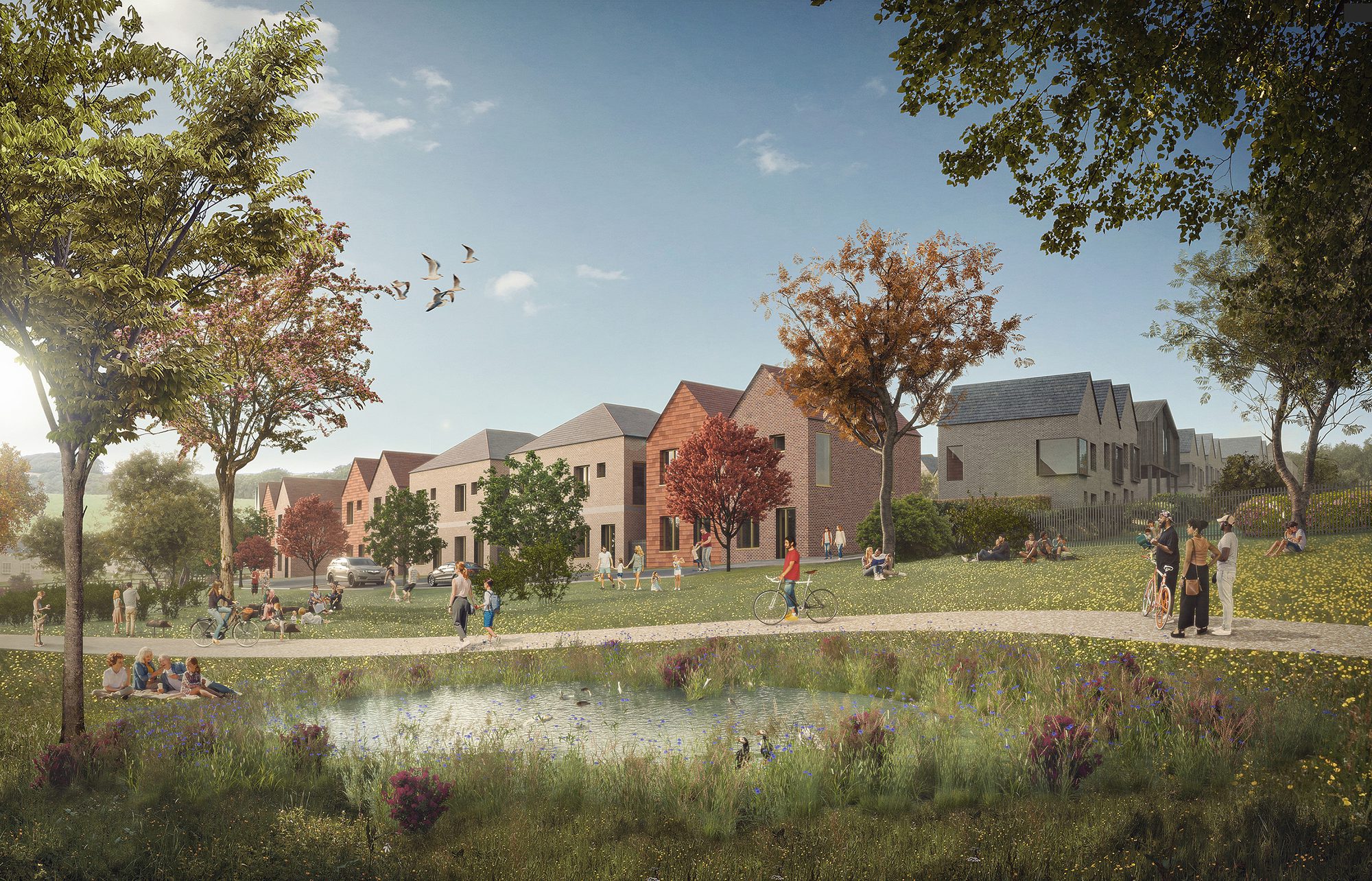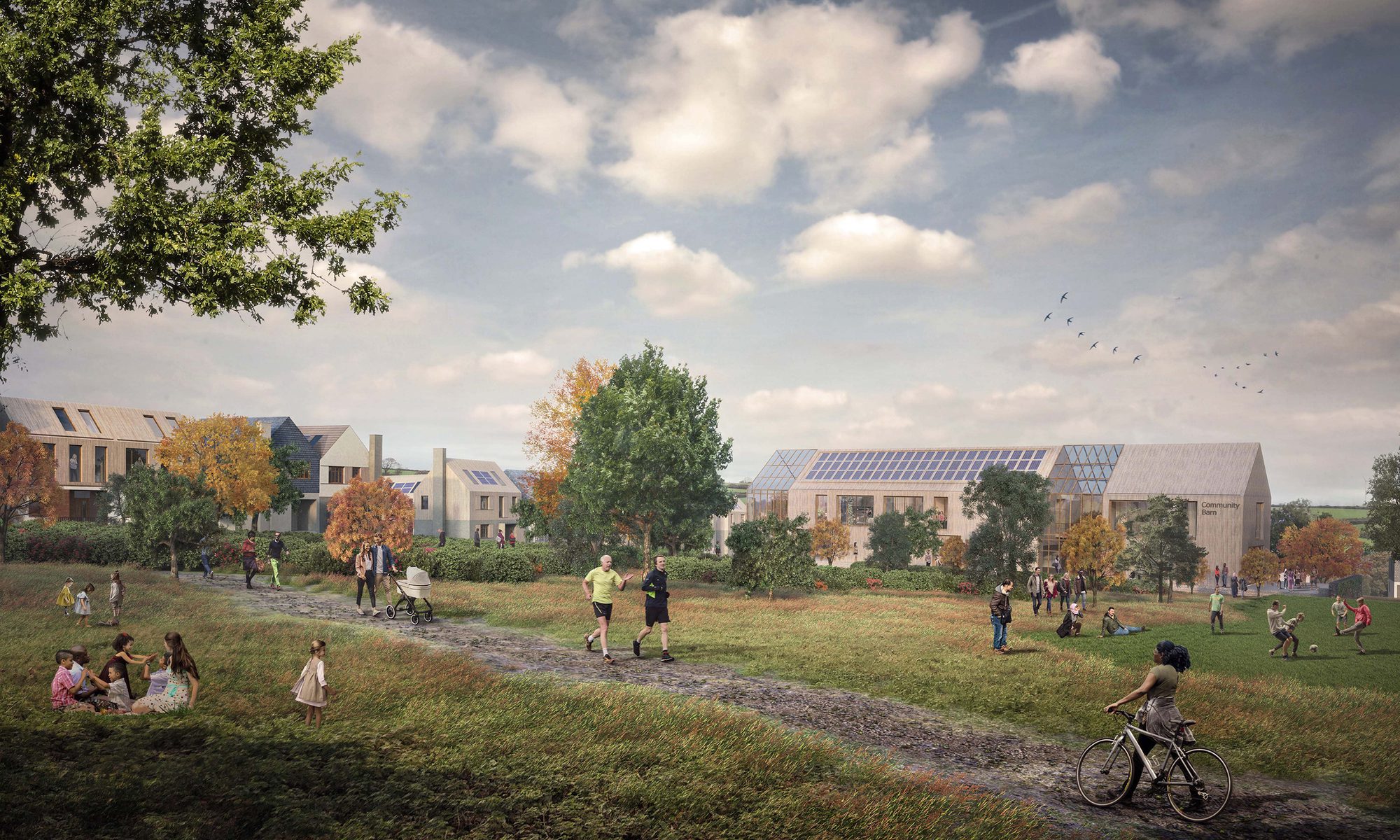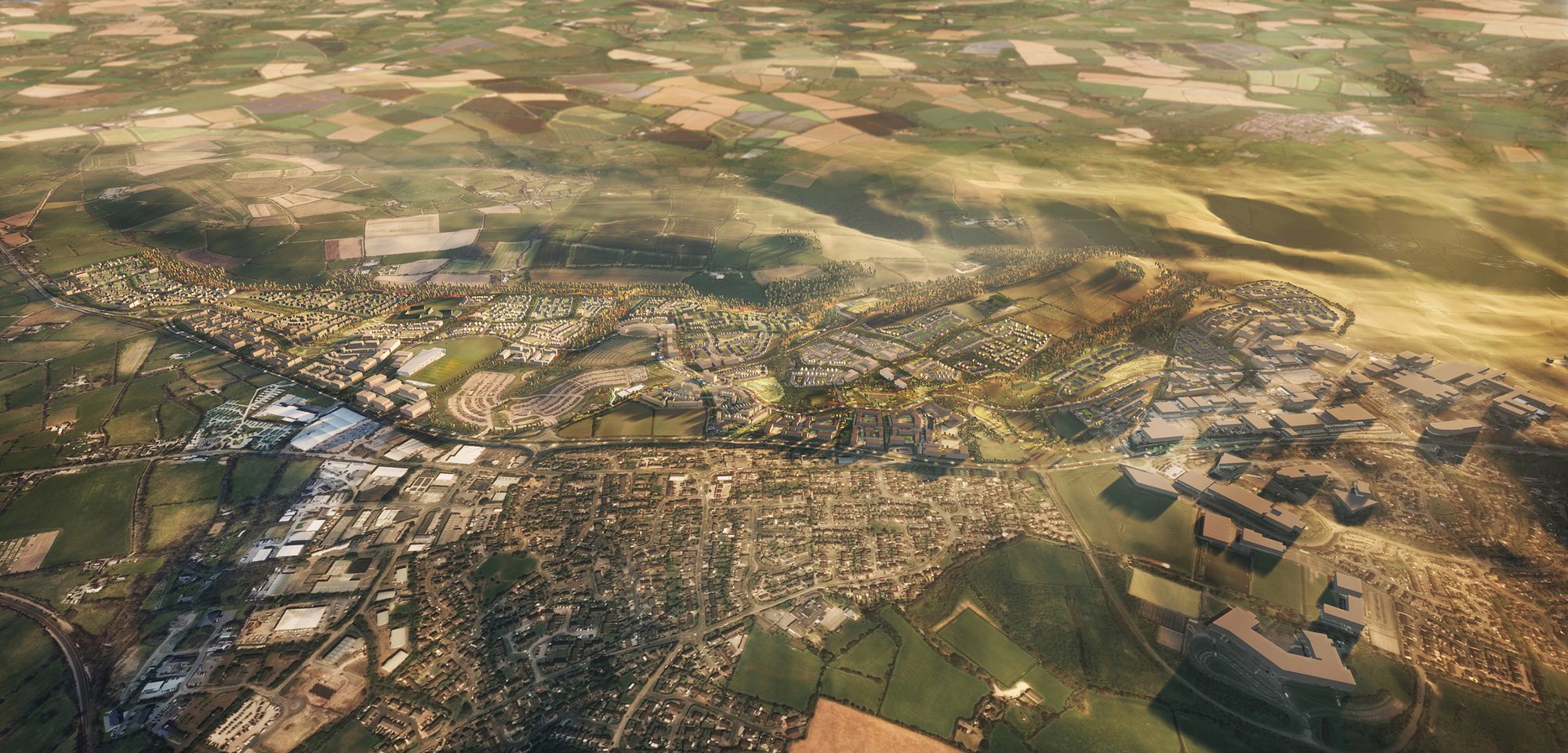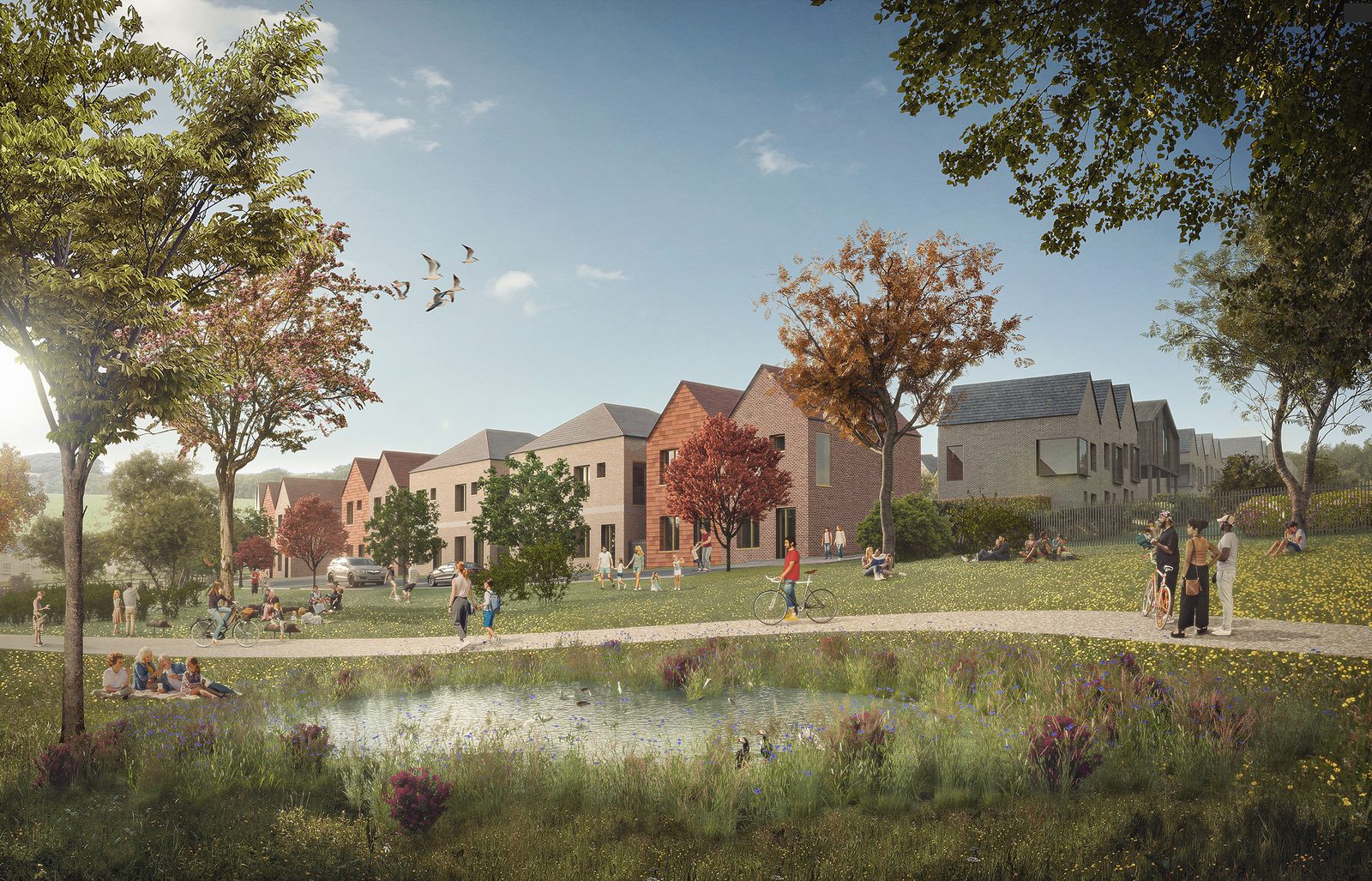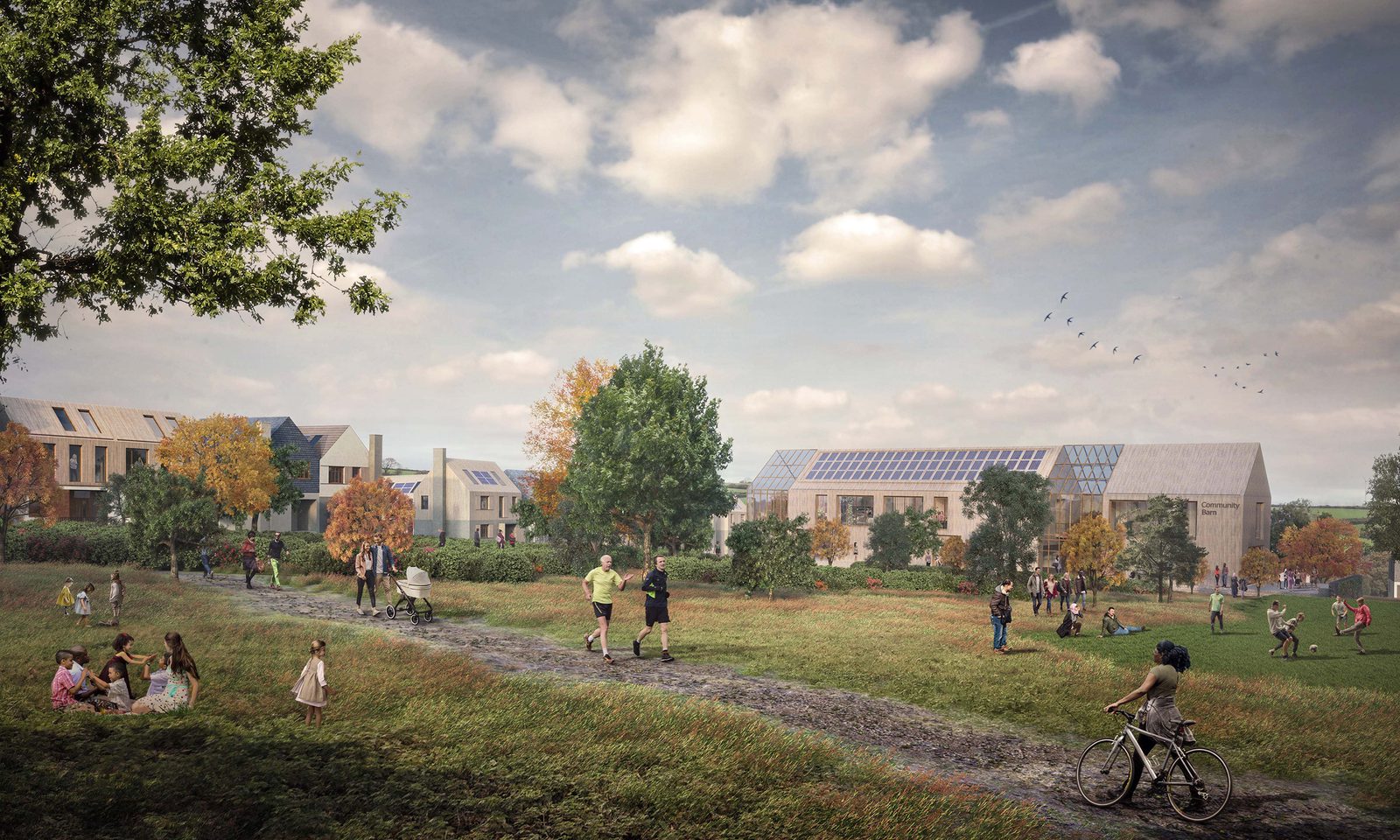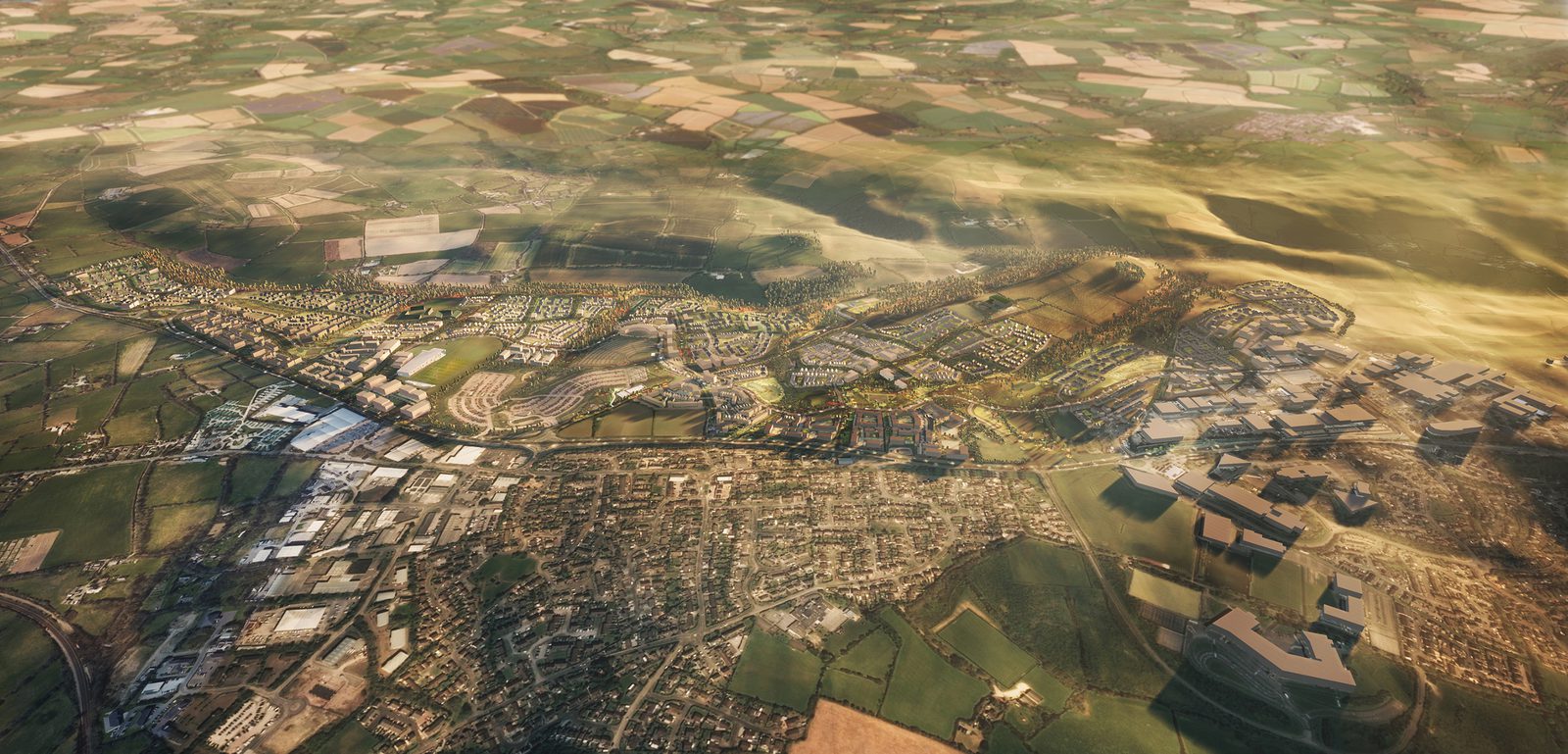Thought Leadership
Delivering placemaking projects: From strategy to reality
by AHR
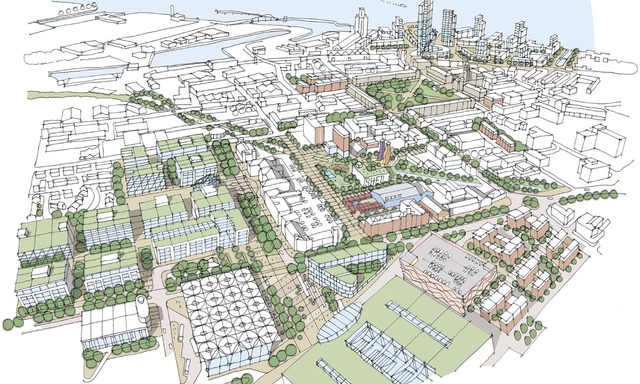
Placemaking succeeds when strategy and delivery move forward together, from the earliest vision to long-term stewardship.
For local authorities, developers, and regeneration partners, the challenge lies in turning strategic ambitions into built environments that work for people, place, and the future. Achieving this requires a joined-up approach that aligns vision with the practicalities of delivery.
This thinking is reflected in RIBA’s Places Where People Want to Live report, which highlights the importance of strategic planning and infrastructure, leadership and engagement, land assembly and stewardship, and innovation in the design process1.
This piece explores how to deliver placemaking projects successfully. Drawing on our experience in place-led development, it covers the practical strategies that bridge the gap between planning for placemaking and implementation - from unlocking land and funding for regeneration to shaping placemaking delivery models, coordinating across phases, and designing for usability and longevity.
1. Planning for successful placemaking delivery
Planning plays a central role in shaping how a place is delivered. Housing delivery targets, infrastructure capacity, funding cycles and local priorities all influence what comes forward, when it happens and who is best placed to deliver it.
Successful strategies align policy with practical considerations from the outset. Bringing technical, commercial and design expertise into early planning stages helps unlock constraints, manage risk and set a clear path to implementation.
Well-structured plans make space for change without losing direction. By embedding viability, infrastructure planning and phasing from the start, they provide a more stable basis for decisions as projects evolve.
Planning for placemaking delivery
- Align proposals with local plans, infrastructure strategies and housing need
- Use modelling and constraints testing to inform phasing and risk
- Build adaptable delivery frameworks that respond to change without compromising quality
- Involve multidisciplinary input early to shape a more robust placemaking delivery strategy
2. Unlocking land, value and funding for place-led development
Land ownership and control are only part of the picture. Placemaking delivery also depends on how land is structured, phased and financed, and how these decisions reflect what communities and markets need in practice.
Public land can help catalyse regeneration, while complex sites often require enabling infrastructure, targeted investment or coordinated delivery frameworks. Aligning land strategies with funding is essential, particularly where multiple partners or delivery phases are involved.
At Langarth Garden Village, we worked with Cornwall Council to develop a long-term, place-led masterplan for 3,550 homes. The site is large and complex, with multiple developers already granted planning permissions across different parcels. We developed a planning strategy and design code to support consistent, high-quality placemaking delivery across a range of partners and timescales. Structured around phased land release, infrastructure alignment and long-term stewardship, the placemaking framework supports sustainable growth while helping to unlock wider social and environmental value from this council-led programme.
Homes England’s strategic priorities reinforce this approach, highlighting the importance of coordinating land, infrastructure and investment to accelerate urban regeneration delivery and unlock challenging sites2. Delivery frameworks that combine public land, blended funding and long-term planning provide the structure needed to bring forward successful, place-led development.
Making land and funding work together in placemaking
- Phase land release to support infrastructure and delivery pacing
- Use legal structures to promote long-term value, affordability or stewardship
- Blend funding sources, including public grants, private equity and local investment
- Include social, economic and environmental value in viability modelling
3. Choosing delivery models that protect design quality in placemaking
Delivery structures shape how places are built and experienced. They define who makes decisions, how responsibilities are shared, and whether design intent is preserved through complex, multi-phase placemaking delivery.
To support placemaking, delivery models must reflect the purpose and complexity of the project. That might involve establishing joint ventures, embedding social value into development agreements, or selecting procurement routes that retain design involvement beyond planning3. Equally important is the way these structures support collaboration between clients, local authorities, delivery partners and design teams thereby building trust, streamlining decisions and maintaining focus as projects evolve.
This approach is reflected in our work for Muse on the Birkenhead 2040 Framework and Masterplan, developed for a partnership between Wirral Council and the Wirral Growth Company. The plan sets out a long-term vision for regeneration supported by a structured placemaking delivery strategy. It brings together housing, infrastructure, public realm and commercial use into a placemaking framework that enables phased delivery and coordinated decision-making.
People are at the heart of everything we do. We conducted thorough stakeholder engagement to understand the needs of the Birkenhead community, as well as the requirements of local businesses and the unique contextual surroundings of the site.
 Birkenhead Masterplan
Birkenhead MasterplanDelivery models that support place-led development
- Build partnerships with shared values and clearly defined roles
- Use agreements that secure design quality, social value and long-term responsibility
- Choose procurement methods that retain continuity between design and construction
- Enable multiple delivery partners while maintaining overall coherence
4. Early activation in placemaking: From pilot projects to full delivery
Not every place begins with large-scale investment. Early, smaller interventions can test ideas, build momentum and create a visible presence while wider phases are still being prepared.
Meanwhile uses, temporary installations and early site developments can raise visibility, animate underused space and build trust with local communities. These interventions also help reduce risk and offer insight that can improve future phases. The Project for Public Spaces ‘Lighter, Quicker, Cheaper’ model shows how small, low-cost and community-led initiatives can effectively lay the groundwork for long-term transformation4.
Strong coordination remains essential. Even in phased or multi-partner programmes, each stage must contribute to a coherent whole. Frameworks and sequencing strategies help guide this placemaking delivery over time.
Phasing and early activation in placemaking
- Use pilot projects to build momentum and test placemaking delivery strategies
- Align early phases with infrastructure, access and community priorities
- Connect phases with a shared spatial framework and consistent design intent/code
- Ensure each part delivers value on its own and as part of the whole
5. Designing places for long-term usability and future care
Designing for delivery means planning for how a place will be built, used and looked after. Materials, access, lighting, surfaces and signage all contribute to how a place functions, feels and is maintained over time.
These details should be embedded from the start. Inclusive access, clear spatial legibility and maintenance-aware materials all contribute to long-term usability and reduced operational burden.
In our work on the TRU Design Code, we created guidance to support consistent, high-quality design across the entire TransPennine Route Upgrade. The code sets out principles covering lighting, materials and signage, to ensure new infrastructure integrates with local character and supports placemaking delivery across a range of contexts and partners.
To strengthen placemaking and community engagement, our proposals include public and community art installations across the stations, celebrating and enhancing local culture, identity and heritage.”
Samantha Smith
Project Director, Building ConsultancySee our TRU Design Code project case study
Delivery as part of placemaking
Successful placemaking depends on how delivery is approached. From planning policy and land structure to early activation and construction detail, every stage contributes to the quality, experience and longevity of a place.
By embedding delivery into the design process from the start, we help create places that are easier to deliver, simpler to manage and more responsive to the people who use them. This is where placemaking moves from intent to reality, not just in how a place looks, but in how it works.
This piece is part of our wider Placemaking with Purpose series, exploring how meaningful places are conceived, designed and delivered. If you’re just joining the conversation, start with:
- Reframing placemaking — where we outline the case for purpose-led, design-aware development
- People first— on how identity, inclusion and local need shape successful outcomes
- Rooted in place — a look at how history, context and character shape long-term value
Talk to AHR about your placemaking delivery strategy, whether you’re setting the vision, unlocking complex sites, or coordinating long-term implementation in place-led development. Explore our masterplanning services, regeneration projects, and latest placemaking and regeneration news and insights to see how we turn vision into reality.
Frequently asked questions
A placemaking delivery strategy is the plan that bridges the gap between vision and implementation. It sets out how land, funding, infrastructure, design, and stakeholder collaboration will be coordinated to create high-quality, sustainable places.
Early planning aligns strategic goals with practical delivery considerations. This includes infrastructure capacity, funding cycles, viability testing, and design intent, ensuring projects can adapt over time without losing quality.
Place-led development prioritises long-term community value, sustainability, and local identity over short-term financial returns. It integrates planning, design, and delivery around the needs of people and place.
Coordinating land release with funding availability ensures infrastructure and development progress at the right pace. Blending public and private investment can unlock challenging sites and deliver greater social, economic, and environmental benefits.
Yes. Early activation projects, community events and meanwhile uses can build momentum, reduce risk, and engage stakeholders before full-scale development begins.
Placemaking delivery models determine decision-making, accountability, and whether design quality is maintained. Well-structured models foster collaboration, protect design intent, and enable coherent delivery across multiple phases and partners.
Planning for maintenance, adaptability, and accessibility from the start helps ensure places remain functional, attractive, and welcoming for years to come, reducing operational costs and extending lifespan.
Posted on:
Aug 21st 2025
Topics:
Share on
Related Articles

Thought Leadership
Reframing placemaking: How to create places that work in practice
This thought piece series explores how placemaking can be meaningfully applied in practice, drawing on our own project experience, multi-sector insight and interdisciplinary expertise.
Date: 16 May 25
by AHR

Thought Leadership
People first: Designing for community and identity
We explore the social dimension of placemaking and how inclusive design, meaningful engagement and cultural identity contribute to environments that are enriching and enduring.
Date: 7 Jul 25
by AHR

Thought Leadership
Optimising university estates to enhance the student experience
As competition among universities intensifies, the role of the campus estate in shaping student experience has never been more important.
Date: 15 Jul 25
by AHR

Thought Leadership
Built for breakthroughs: Designing the future of life sciences in the UK
The UK’s life sciences sector is entering a new phase of opportunity. After a challenging 2024, where tenant demand slowed and funding became more selective, optimism is returning for 2025–26.
Date: 29 Jun 25
